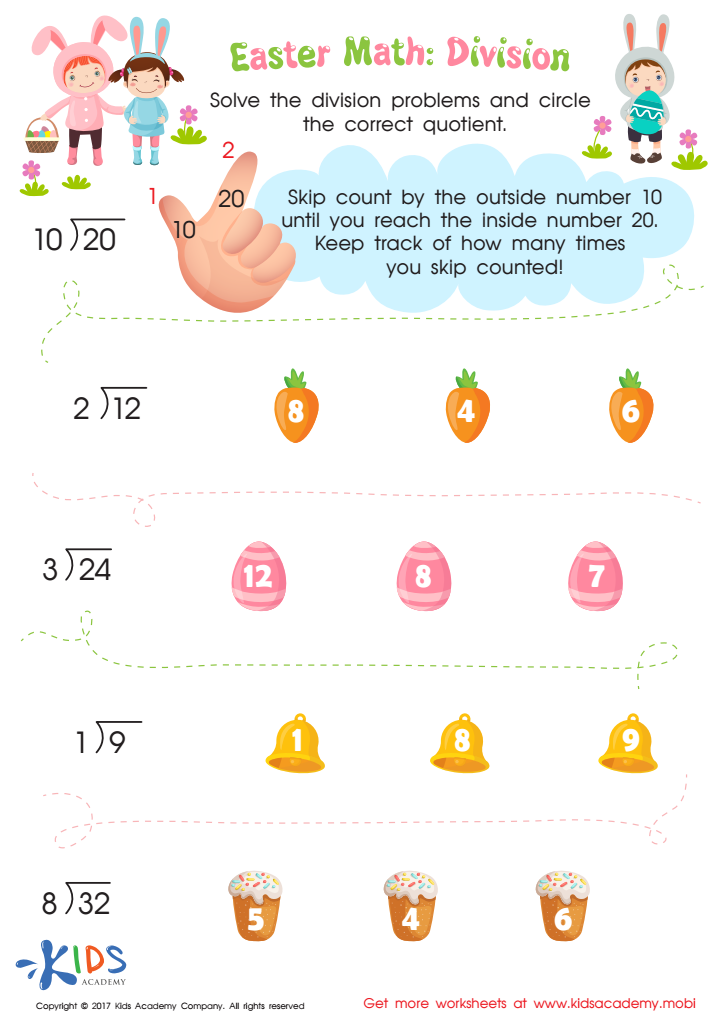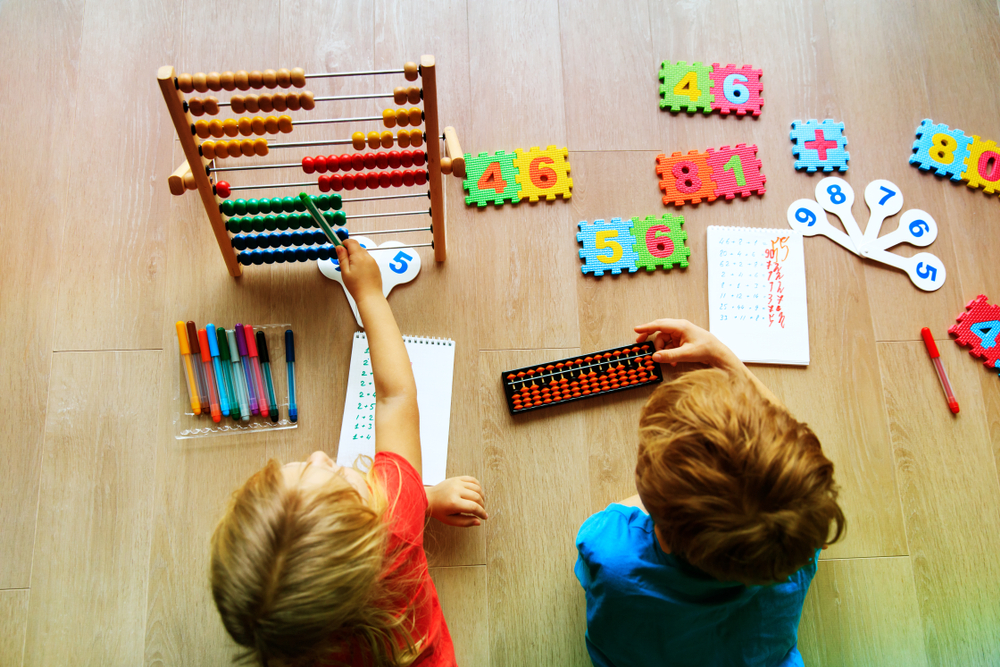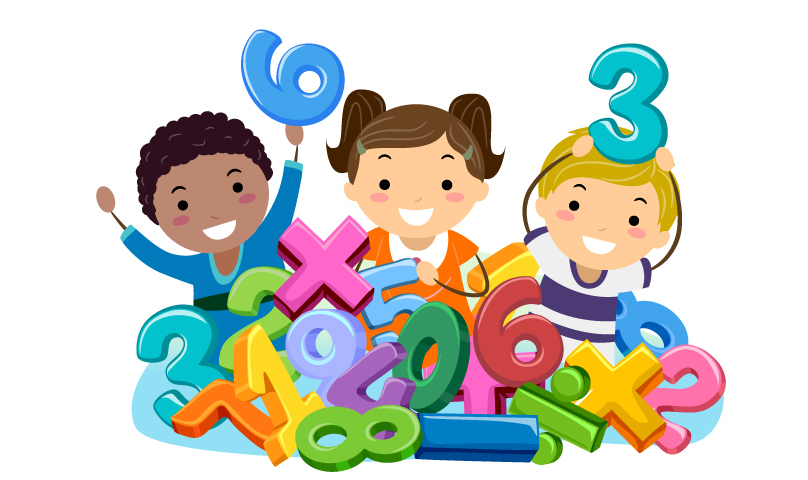Mathematical reasoning Skip Counting Worksheets for Ages 6-8
3 filtered results
-
From - To
Discover our engaging Skip Counting Worksheets designed for children aged 6-8, aimed at enhancing their mathematical reasoning skills. These worksheets facilitate a fun and interactive approach to learning, empowering young learners to master skip counting by 2s, 5s, and 10s. Each activity builds confidence and strengthens number patterns, while full-color visuals and interesting themes keep students motivated and focused. Perfect for supplementary practice or classroom use, our resources support important foundational skills, ensuring children can tackle math equations with proficiency. Explore our collection today and watch your kids embrace the joy of learning with these effective and enjoyable skip counting worksheets!


Division Worksheet


Rocket Math Worksheet


Skip Count Multiplication Worksheet
Mathematical reasoning and skip counting are essential foundational skills for children aged 6-8, which makes them a vital focus for parents and teachers. First, skip counting—counting by twos, fives, tens, and so on—strengthens number sense and helps children visualize patterns in numbers. This skill not only supports addition and multiplication but also makes it easier to grasp more complex mathematical concepts later on.
Moreover, skip counting enhances problem-solving abilities. When children learn to identify patterns and relationships, they develop critical thinking skills that are essential for everyday math challenges, from calculating time to understanding money. It encourages a deeper understanding of numerical relationships, leading to more effective mathematicians.
Engaging in skip counting activities can also be enjoyable and interactive, providing a platform for parents and teachers to bond with children over learning. Incorporating games, songs, or hands-on manipulatives can make math fun, fostering a positive attitude toward the subject.
Ultimately, promoting mathematical reasoning through skip counting not only prepares children for future academic success but also equips them with life skills that will be invaluable beyond the classroom. Thus, understanding its significance is crucial for both parents and educators.
 Assign to My Students
Assign to My Students




















